We recently connected with Ian Loveall and have shared our conversation below.
Ian, appreciate you joining us today. Do you take vacations? Why or why not?
I guess I’m lucky in that my calendar is pretty erratic, but also somewhat within my control. I’m stretched very thin during the initial phases of ideation and exploration, then I’m slammed through the modeling/drafting/finalizing stages, then the design goes off to a shop for fabrication and I check in on the progress periodically, but I’m not chained to my drafting table, or constantly in production meetings during this phase. Then we go into another intense period of loading in the pieces onsite, setting it all up, focusing lights, troubleshooting tech elements, making adjustments, rehearsing things until it’s a smooth-running machine, and then it’s more or less over for me. All of that means if I’ve managed to stagger my calendar optimally, all my contracts will overlap so that the intense phases of one project dovetail with the slower periods of another (and sometimes it all just blends into one chaotic stew of unending meetings, drafting, site visits, and you desperately want four of you to be in all the places you’re needed). That said, yes, I do try and work in some breaks where I can fit them.
I enjoy what I do, and it doesn’t often feel like “work.” However, I can feel pressured to always have the next gig lined up, regardless of how busy I am. I tell myself, “You’re only as good as your last project, and you’re only viable if you have a ‘next’ project.”
No matter how long you’ve been in the industry, I think everyone has the occasional flash of doubt: “What if this is the last gig I ever work on? What if it all dries up?” It’s easy to develop of habit of never really stepping back, never really unplugging—I have an attitude of “this opportunity is here, it’s fleeting, and the gig won’t last forever. You can handle running on fumes for a while, just hang in there, and you can rest later. Don’t let this be your last gig.” And then another opportunity comes up and overlaps, and then another, and then ‘later’ doesn’t come when you thought it would, and suddenly you’re burnt out.
While I love my work, periodically walking away can bring new perspective, new energy, new solutions… For example, back when I was a muralist, I’d try to build several days into the schedule when I wouldn’t be onsite.
No painting, no mockups, no color mixing—completely disconnect from it. It was hard because I love to paint, it’s exciting to get into the flow of it, and I want the client to see rapid progress. However, any painter will tell you, you’ve got to periodically put the brush down, walk away, and DON’T LOOK AT IT. Come back with fresh eyes, fresh shoulders, and you’ll be far more effective and productive than if you just try to push through to the end. (Of course, “taking a break” from one project usually means you’re just shifting focus to one of the others you’re juggling, but as long as you can cycle through them all and still have time to occasionally catch your breath, the principle holds HA).
Burnout can be scary for Creatives. We invest so much in what we do—when you’re off your game, you can feel like you’ve lost yourself, lost your life force. Last year was especially busy, and when I finally had a couple days off, I decided I needed to just play around in my sketchbook, do some creative exploration without the pressure of pleasing a client. It’s vital for me to stay engaged with the Muse on a personal level, not just through professional pursuits. I sat down, spread out my favorite sketching tools, and really struggled to make a mark on the page. My imagination felt dry, my hands wouldn’t cooperate, the blank paper seemed to stretch on forever—it wasn’t just “artists’ block,” my creative energy was depleted. That’s life, sometimes you simply have to work ’til there’s nothing left in the tank, but if you can’t slow down and let that tank refill via whatever methods you’ve developed, you’ll suffer. That’s the difference between being a pro and a dabbler; sometimes a pro has to work without inspiration, without passion, without the Muse—and you still have to deliver. Just don’t stay in “empty” mode too long.
All that said, if I had any advice to offer, what’s worked for me are these three things:
First, be humble. I promise the world isn’t going to stop turning if you step away for a minute; I’m just not important enough for it to all come crashing down if I take a break. Second, trust that the world isn’t going to forget about you if you disappear for a recharge. If you do good work, and you’re good to work with, projects will always find you. Third, if you’re a workaholic like I am, and feel guilty when you’re not continually stretched to your limits, do some reprogramming and allow yourself better self-care. You’re not a machine, and even if you were, you’d still be down for maintenance from time to time. I can’t remember who said it—I think it was Dr. Martin Rossman—but the sentiment is something like “If you treated yourself the way you’d treat a beloved pet (good nutrition, regular exercise, adequate rest, affection, etc) you’d be doing most of what’s in your power to keep a human healthy and happy.” Don’t let yourself burn out. You don’t have to take an extravagant trip, or even travel at all, but whatever it is that feeds your soul or simply brings you joy, carve out time to do it.
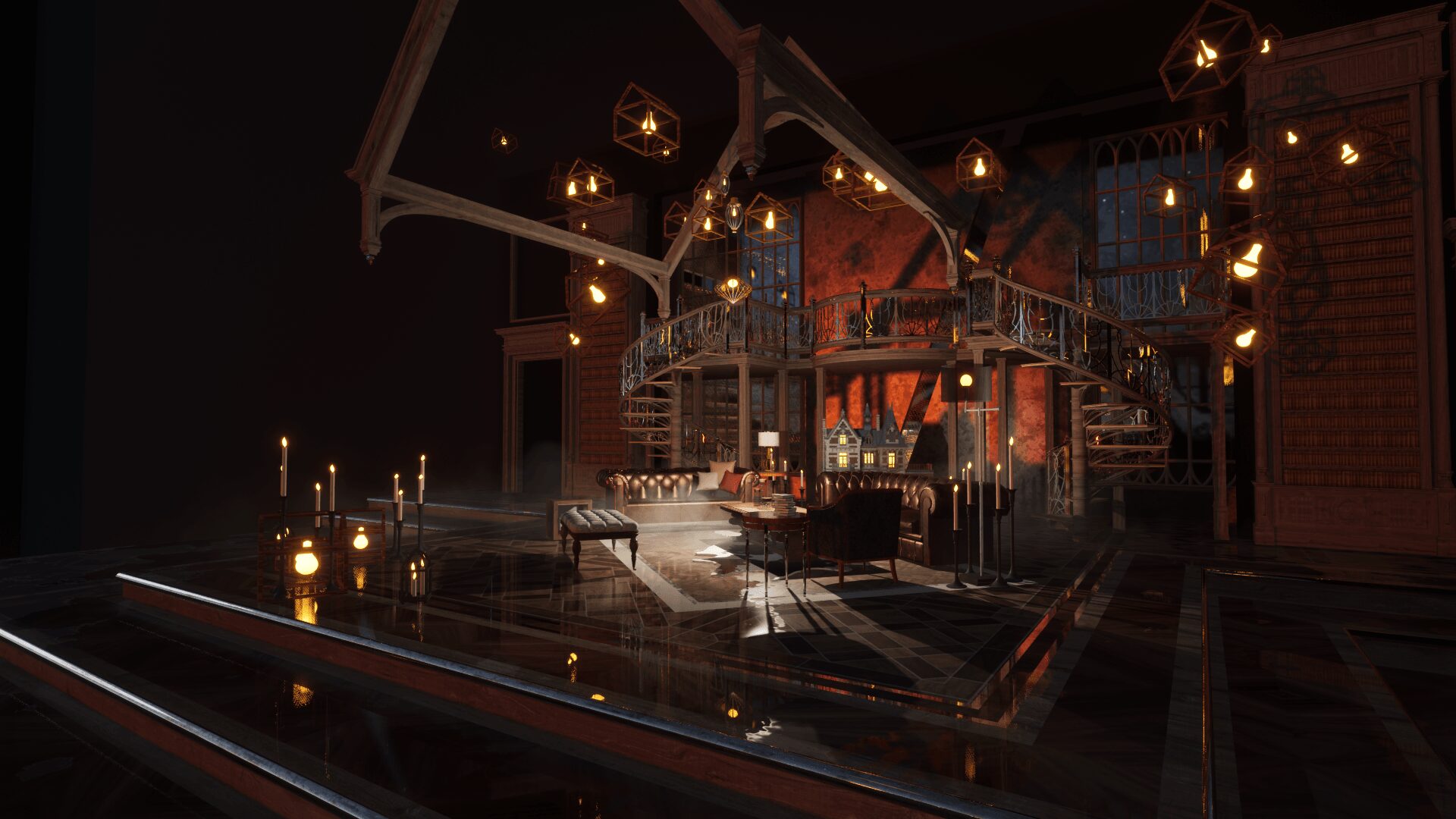
Ian, love having you share your insights with us. Before we ask you more questions, maybe you can take a moment to introduce yourself to our readers who might have missed our earlier conversations?
My grandma used to say, ‘Well, it’s time to do something, even if it’s wrong.’ This always made me laugh—she wasn’t suggesting we go knock over a bank, but it’s stuck with me as a reminder that you can’t always wait for the ‘right’ answer or the ‘perfect’ timing; sometimes you just have to take action. If you don’t like the results, make choices to fine-tune your direction going forward. Just try *something,* and don’t overthink it. That’s how I started; I tried a lot of things, paid attention to what worked and what didn’t, and built on what worked.
I was always a creative kid; I loved to draw, paint, construct toys and model cities out of junk pilfered from recycling bins, build forts out of scrap wood and cardboard in the woods at the end of the block. That practice of experimentation, iteration, and imaginative play has served me well into adulthood, long after I should have ‘grown up’ and gotten a ‘real job.’
Later, in high school, I enrolled concurrently at The College of the Canyons. I knocked out all my general requirements before getting to undergrad, but more importantly, I explored a broad range of topics with excellent teachers (seriously, send your kids to community college while they’re in high school). I fell in love with geometry and thought I wanted to be a math teacher (I worked as a tutor in their Learning Center for a few years), then I studied constitutional law and thought I wanted to be a lawyer, then I was enamored with chemistry… I loved learning, and I knew that whatever I wound up pursuing professionally, I wanted a life and career that would facilitate continued curiosity and exploration.
Finally, I was developing a HITE (High Intensity Transfer Enrichment) & Honors mural project for a painting class, and it caught the eye of a local business owner. They commissioned a mural for their restaurant, where a patron saw it and wanted one for their day spa. A client of the spa saw it and wanted one for their home. Their neighbor saw it and, not to be outdone, commissioned a series of murals for their home… It just snowballed in a way I hadn’t anticipated. I worked for about 5 years with a waitlist, zero marketing, and projects from Hollywood to Paso Robles. I was grateful to have an outlet for my creative energy, but I knew it had a shelf life (if nothing else, my shoulders couldn’t keep pace forever). Sure enough, the 2008 crash hit, and things slowed considerably. While my joints were happy to have a break, I knew it was time to try something else.
I went back to school for a BA in Graphic Design, but quickly became disillusioned with it—too much sitting at a computer for me. I switched to Studio Art, thinking I’d bolster my painting skills and then go back to LA to break into set painting for TV. I connected with the theatre department, and started working as a scenic painter in their studio. A design professor invited me to take his theatre course, after which he offered me a chance to design a set for their mainstage production the following semester. That experience proved to be transformative, tapping back into my childhood instinct for imaginative play. Theatre was that same kind of magic, only this time instead of cardboard, branches and kite string, I was working with a team of skilled artisans to make whatever I dreamt up on my drafting table take shape in real space on stage. I loved it—the creative challenge, the research process, script analysis, collaborating with a creative team… I loved seeing actors bring the space to life with their performance, and I loved seeing audiences experience what we had all created together. I knew I’d found the thing that would keep me occupied for years to come. My mentor, the kind and patient Jeff Hunter, convinced me to look at graduate programs, and while I hadn’t considered the idea before, I trusted his instinct that it was the next step for me.
After talking with faculty at programs all over the country, I chose UT. At the time, it wasn’t as common for a theatre program to encourage its graduates to explore career paths outside of theatre, but at UT they were very blunt with me. “The market doesn’t look like it did at the height of my career,” an advisor told me, “You’ll want to forge your career path through a variety of fields and industries, don’t expect to make a living in theatre alone.”
It was good advice, and they provided excellent training. Since then, my work has taken me through television, plays, musicals, corporate experiences, nightclub events, retail spaces, ballet, and opera. Each project is an opportunity to explore another world, learn or strengthen another skill, tackle new challenges—it’s never boring, and it’s facilitated exactly the kind of exploratory, always-learning-something-new career I wanted to have.
As a Scenic Designer, my role boils down to helping clients create environments that evoke the desired responses in their audience. Whether it’s a branded space for SXSW or a set for a TV project, I help identify the story and create a space that communicates it to your audience. Sure, we want “wow” factor, but we also want a space that’s relevant to your specific narrative. I think Guillermo del Toro summed up effective visual design when he said “I never do eye candy; I do eye protein.” The visuals have to support your story/brand/narrative, or all you have is empty spectacle—I help clients achieve ‘nutrient-dense’ narrative spaces. Lots of protein.
I think of myself as part detective, archaeologist, psychologist, artist, and part ‘kid playing in the woods at the end of the block’. I help you discover the perfect environment for your project, even if you have no idea what that looks like yet—some of my favorite projects are those where the client doesn’t know or cannot articulate what they want. With a little detective/archaeology/psychology/kid-at-play work, I bring them something that makes their face light up, and they say, ‘That’s it! That’s the thing I didn’t know I needed!’ Then, of course, there’s bringing it to fruition on time and on budget, but that’s a different kind of magic—a trade secret. Shhhh.
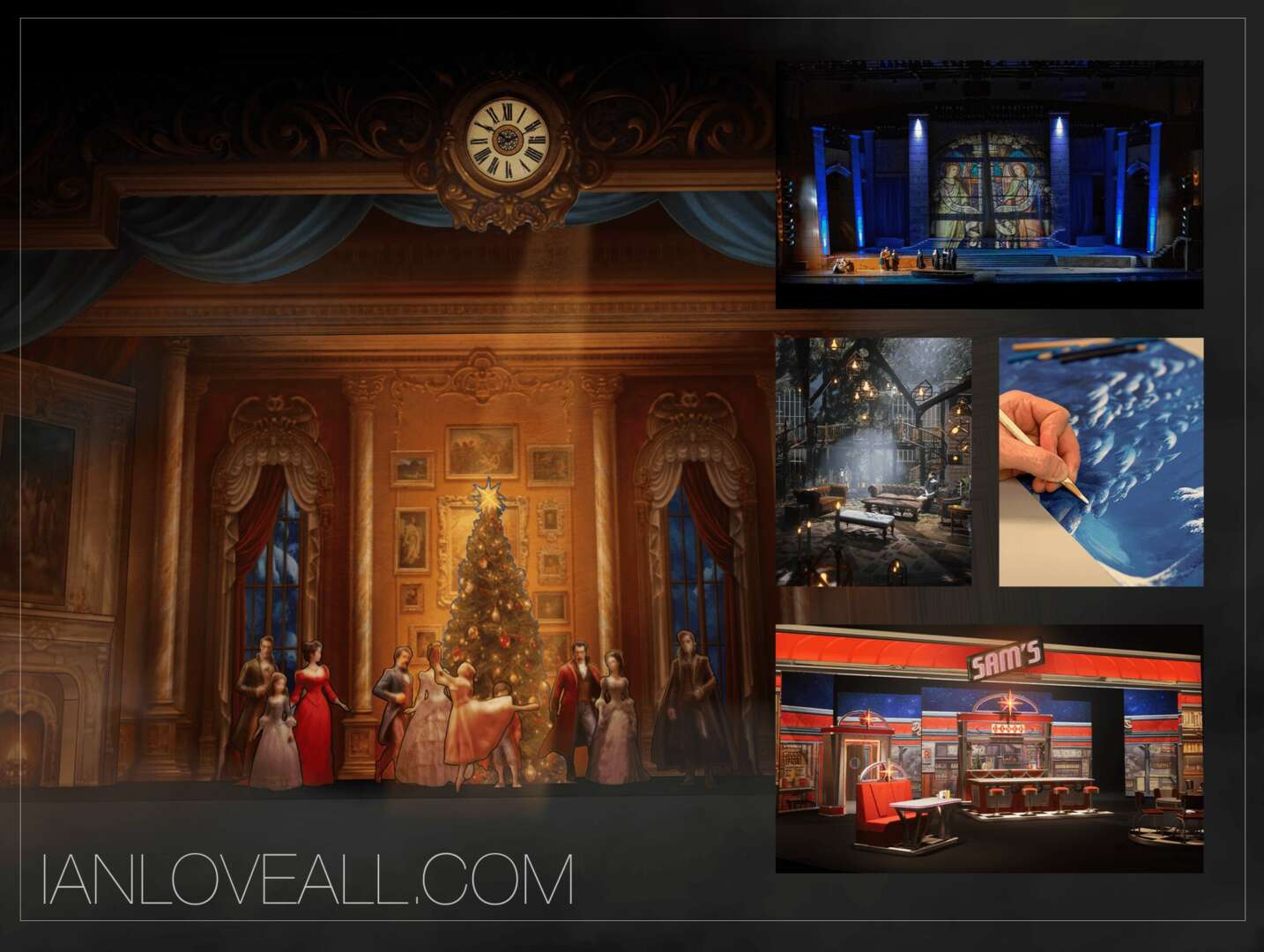
For you, what’s the most rewarding aspect of being a creative?
There are two things I absolutely love about my work. First, the uncertainty. I never know what the next project will demand of me, and I find that really exciting. For example, I’m working on a Jane Austen project right now, and exploring her world is a blast; lots of historical research. I’ve also got a Christmas project set in an enchanted, alternate-universe New York—totally different challenge from a period piece. I recently worked on a big cruise show, and that had its own unique set of demands. I’ve got a ballet in production that’s just full of gorgeous paint work, it’s going to be stunning. Each gig brings something different, and it keeps me on my toes.
The second thing I love is the repetition. I know that sounds contradictory to the first point— for example, when I work in theatre, chances are I’m going to be tackling a story I’ve dealt with before; everybody has done a million ‘Hamlet’s, ‘Cinderella’s, ‘Death of a Salesman’s… I think I’ve worked on 3 Cinderellas now? I enjoy the chance to revisit a story from a new angle; it’s always with a new team, in a new space, with a new spin, and you’ve got to bring something different to the table. The same with ballet; yes, I’ve done Swan Lake a couple times already, but I love it, and I can’t wait to discover what different approach I can bring to the next one. I really want to collect the whole Tchaikovsky ballet series; I’ve already got a couple Nutcrackers under my belt; anybody want to hire me for a Sleeping Beauty?
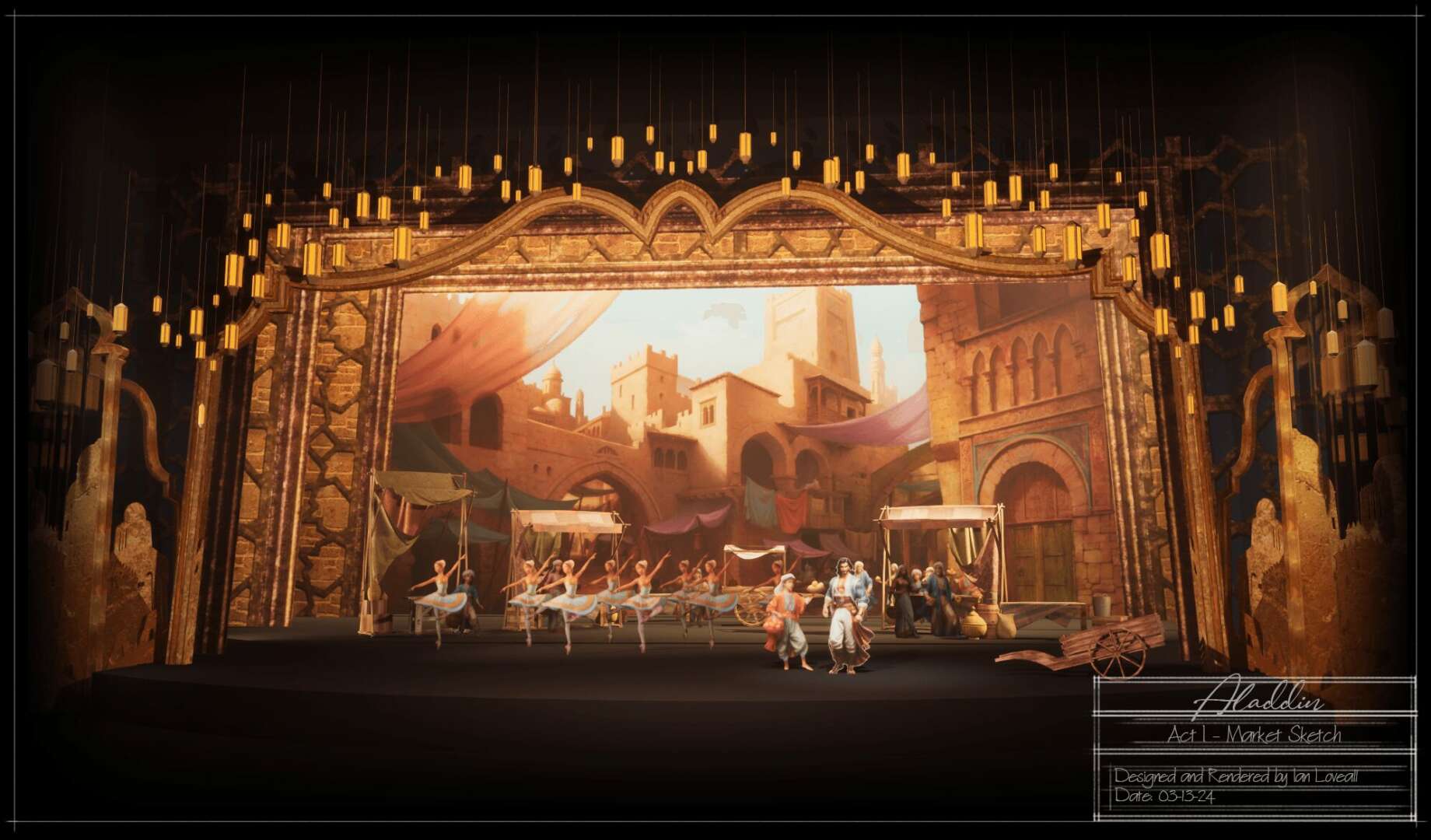
Is there something you think non-creatives will struggle to understand about your journey as a creative?
Looking back on my journey so far, I’m often tempted to dismiss myself as “lucky,” and in many ways, you could argue I have been—but I think we tend to confuse “lucky” with “prepared and open to possibility”. The business world seems full of advice about networking, cold-calling, résumés, marketing, sales—and I’m sure all of that is very useful, but I honestly haven’t done very much of that. I identified an area in which I was happy to expend copious amounts of time and energy (the arts), I threw myself into it (I tried a lot of things and developed a skill stack), and stayed open to opportunities. I hope it doesn’t sound naive or trite, but as I mentioned earlier, if you’re doing good work, you’re working with good people, and you’re good to work with, opportunity will find you. Oh, and talent. Talent is a myth. Skill is real; talent is a myth. I don’t think I’m breaking any news here, but I always bristle a little when people say “you’re so talented.” Sure, people can be born with traits that might nudge them to develop certain interests—for example, my brother is a fireman, built like the Hoover Dam, pain tolerance of a brick wall, athletically coordinated… Yes, he was always a very active kid, but he worked hard and he cultivated those qualities. I wouldn’t call him a “talented,” athlete, I’d call him skilled and dedicated. Likewise when people refer to my “talent,”—I know they mean it as a compliment, but I just die a little inside haha— I want to say, “This isn’t talent, this is years of practice, late nights, spilled blood, sobbing at your drafting table at 4am because you knocked your coffee over on your vellum and ruined a whole stack of elevations right after you finished them, and your modeling program crashed before you could save it, and you’re already losing money on this gig because it turned out to be more complicated than you expected…” It’s not sexy, it’s laborious. And I love it.
Contact Info:
- Website: https://ianloveall.com
- Instagram: Lovealldesign
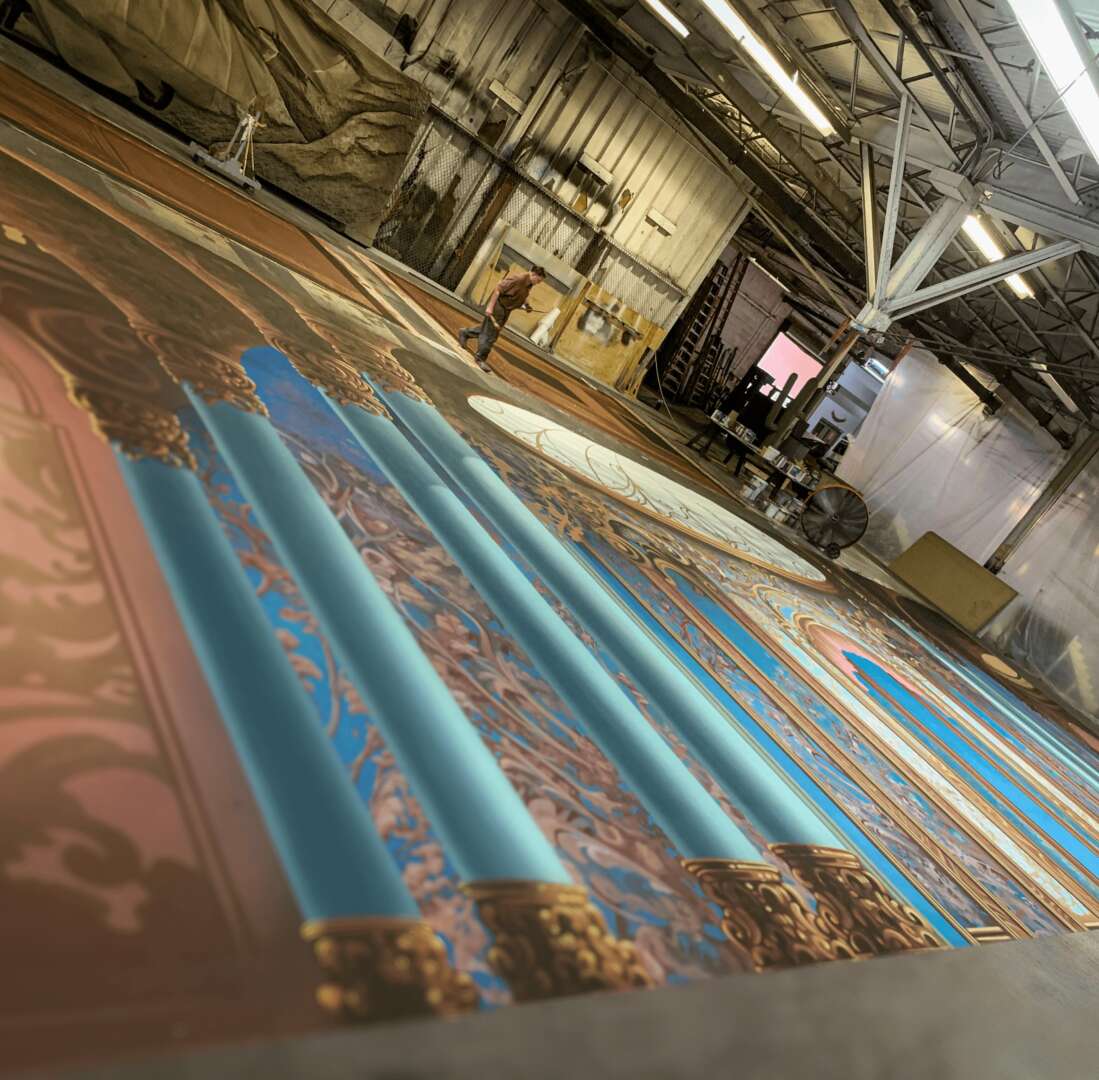
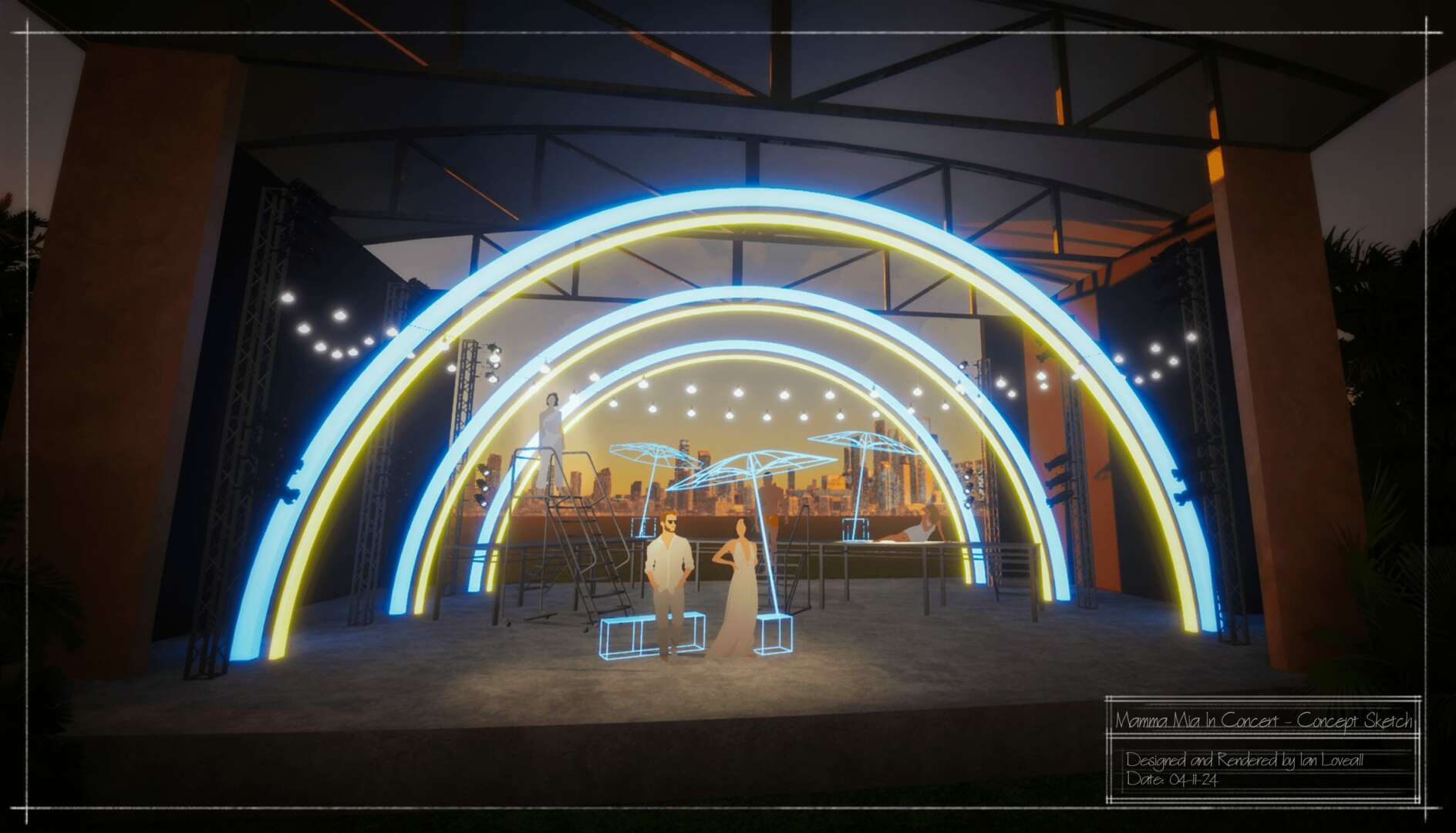
Image Credits
Ian Loveall


